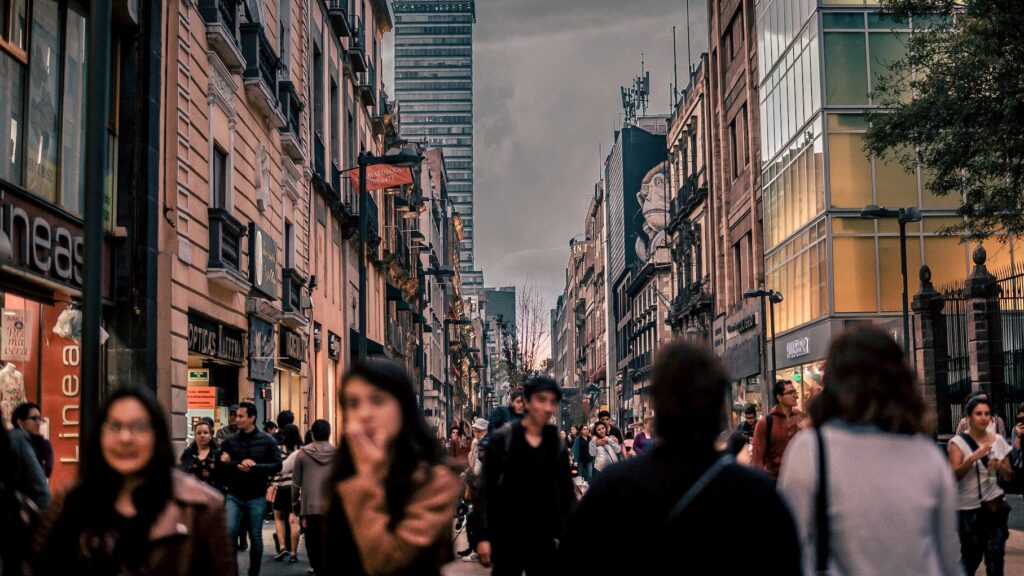I have had a handful of Brazilian clients, those that are either working in Mexico or living in Brazil and dealing with business in Mexico. Also those who have crossed my path in past and actual jobs or as Coaching colleagues. But in my recent trip to Brazil, my curiosity grew as I lived, although briefly, in a land of beautiful beaches, and unforgettable sights.
It’s also bossa nova and sertanejo!
…and a Brazilian makeover of pop, rap and funk. Let’s look at how Brazil got to be what it is today, not just in music but in all its diversity of people, climate, vegetation, ethnicity, languages, food, and economic development. Brazil is the fifth largest country in the world, both in terms of size and in terms of population.
Discovered by Portuguese explorers in the 1500’s, the strong ethnicity of the native people, gave the colonies a new mix of food, medicines, vocabulary, and mythology. The next cultural influence was from the many Africans, giving Brazil its musicality and diverse new religious beliefs. A third wave came from the variety of immigrants from Europe (Germans, Italians, Spaniards) and Asia (Japanese, Lebanese, and Syrians). All this adds up to the common Brazilian cultural identity of today.
But remember, a vast country like Brazil shows great differences “between the Northeast with its AfroBrazilian roots and the North with its native Indian roots.”.(1)
High Enthusiasm & Focus on Relationships
In this post, I will touch upon only three of the Intercultural Dimensions, three that seem to pop up when the Global Executive first encounters the Brazilian culture.

As mentioned by Lucio Gueller, a local Brazilian tourist guide, whose job takes him to meet people from all corners of the world, “Brazilians are very affectionate, very friendly, and very warm, very family oriented. They get along with people from all over the world. If they speak Spanish or English it’s better, but only 5% of Brazilians speak basic English. This high spirit and warmness is hard to see by foreigners given the language barrier. They will not communicate as smoothly.”
There are some regional differences in terms of the expression of emotion and enthusiasm. The South of Brazil is slightly more “professional” than the North, so people here tend to be less emotionally expressive. However, even there they are more relatively expressive on a worldwide basis.
Translated to the business world, Brazilians are very comfortable showing their emotions. Even when expressing negative emotions, they are quite transparent, Brazilians, as Latin-Americans, have very good socializing skills that build relations of trust with their business partners. They frequently gather socially after work with employees and business partners to continue tightening the relationship.
Yes sir! The Hierarchical Power Structure
Brazilians are quite sensitive to hierarchical differences and do not want to say anything that could potentially conflict with a boss’ point of view, or that could interfere with a positive employee-boss relationship. Combining this with their level of low to moderate formality, Brazilian work culture and the atmosphere is generally light and casual, often with a great deal of joking among colleagues. However, [in] decision-making , hierarchy is respected in the culture and the most important decisions typically come from the top.
Andy Molinsky, author of the book Global Dexterity.

In the words of Lucio, “Brazilians are not so formal. Always educated but direct. In both formal institutions, like banks and government, they tend to be open and nice. In general, they think people are good, and act in a reciprocal way being positive,”
Further reading and sources
- Hofstede, G. et al (2010). Comparing regional Cultures within a Country: Lessons from Brazil. Extracted from https://www.researchgate.net/publication/247724198_Comparing_Regional_Cultures_Within_a_Country_Lessons_From_Brazil
- Molinsky, A. (2013). Global Dexterity: How to Adapt Your Behavior Across Cultures without Losing Yourself in the Process. Harvard Business Review Press.



